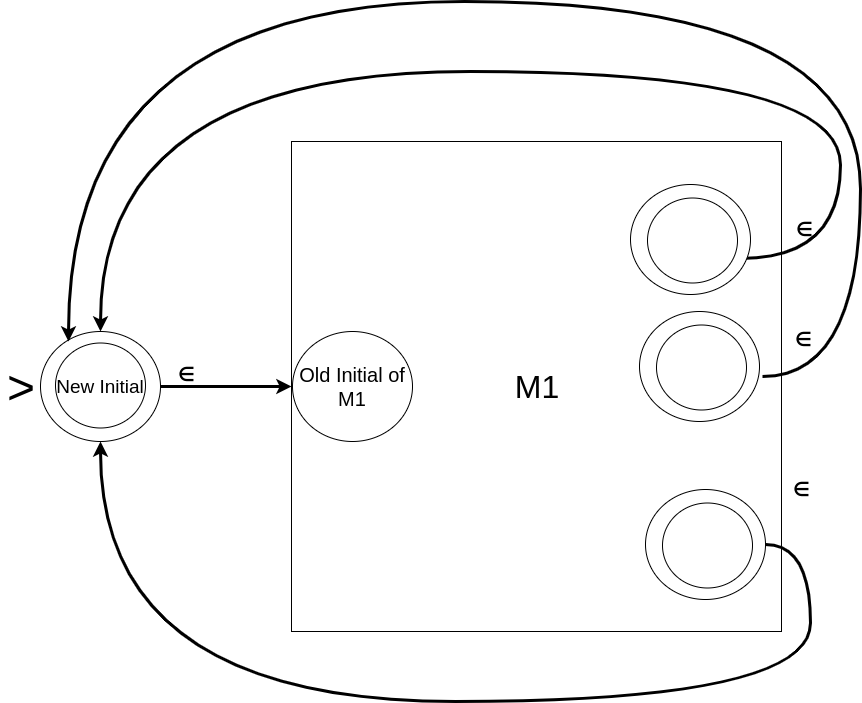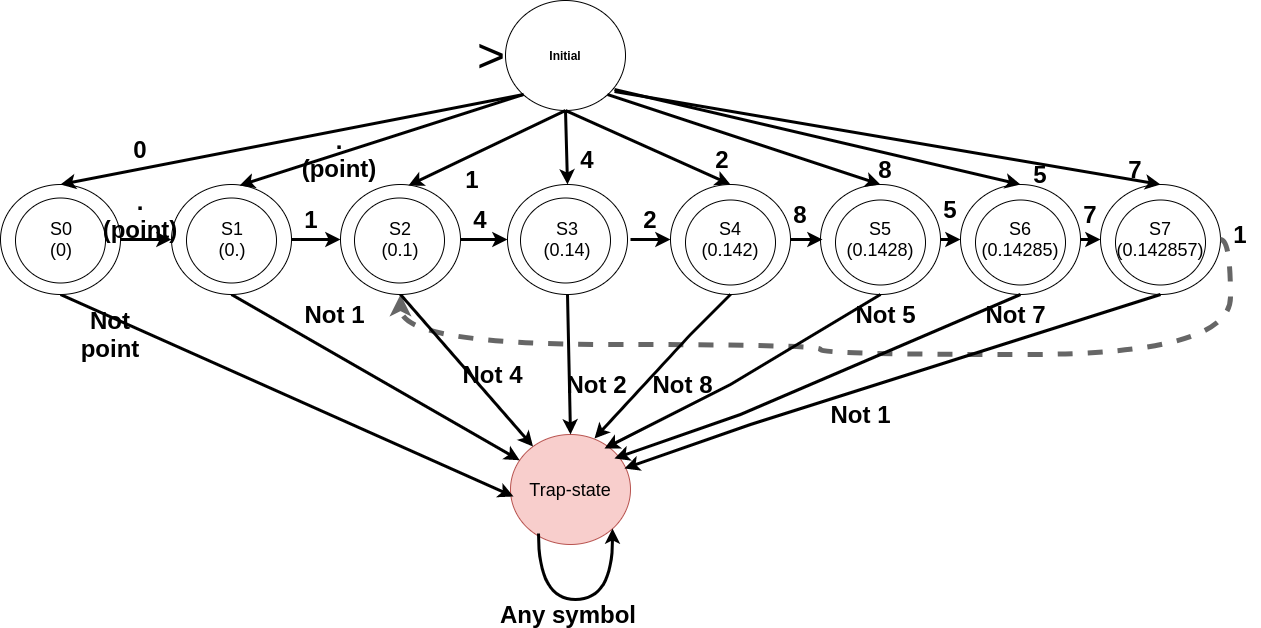This post is meant to act as an index of the posts and resources which formed the basis of my “biological” understanding. DISCLAIMER: My posts here are more or less only a compilation summarising what I learned from various resources (also listed in this post and also cited in specific posts). More often than not,…
Author: Ritu Kundu
Import Bio.Basics.GroundRules
This post is meant to lay some ground rules by describing some preliminary concepts that most of us might have learned in high school. Murphy’s law Let us not forget that the nature had several billion years to play with “Life and its various forms”. As a result, we see that multiple disparate ways of…
Import Bio.Basics.Genome
In this post, I am just re-publishing a part of my PhD thesis that kind of summarises, in extremely simplistic terms, the “genome” part that was sufficient for me, a CS type of person, to get started with the algorithms in bioinformatics. DNA, RNA, and Protein Sequences: DNA (Deoxyribonucleic acid) is a biomolecule carrying the…
Import Basics.Commands
Here, are a few basic commands (too basic for those who have ever worked in linux) and instructions for installation of a couple of useful tools that was a kind of pre-requisite for setting up my working environment. View beginning of a file: head -n3 file.txt It displays the first 3 lines of the file….
Import BioInfo.Introduction
BioInformatics – truly an interdisciplinary subject! One needs the knowledge of three disciplines at the very least. First, Biology to understand a problem and its associated constraints, to frame a hypothesis, and to approve or disapprove the conclusions drawn at the end. Second, Computer Science to translate the problem into computation-friendly language, to solve the problem…
Recapitulation: What I learned from “A Priesthood Of Programmers”
This is my first non-technical blog. The intent of this post is to put down a digest, for myself, of the meticulous piece — A PRIESTHOOD OF PROGRAMMERS — written by Alice Maz, wherein the progression of the role of the priestly class with the changing medium of information channels has been discussed. I would…
FSA Part IV: Concoction of design-strategies
Again, this post is meant specifically for undergraduate students (first timers into automata theory) – a very brief introduction of FSA: Finite State Automaton (Automata when plural). This post is the third of four parts: the first part covers an elementary introduction to FSA and DFA (Deterministic Finite Automaton), the second part encompasses some common examples illustrating…
FSA Part III: Concoction of design-strategies
Again, this post is meant specifically for undergraduate students (first timers into the automata theory) – a very brief introduction of FSA: Finite State Automaton (Automata when plural). This post is the third of four parts: the first part covers an elementary introduction to FSA and DFA (Deterministic Finite Automaton), the second part encompasses some common examples…
FSA Part II: Concoction of design-strategies
Again, this post is meant specifically for the undergraduate students (the first timers into the automata theory) – a very brief introduction of FSA: Finite State Automaton (Automata when plural). This post is the second of the four parts: the first part covers an elementary introduction to FSA and DFA (Deterministic Finite Automaton), this part encompasses some…
FSA Part I: An elementary introduction
Again, this post is meant specifically for the undergraduate students (the first timers into the automata theory) – a very brief introduction of FSA: Finite State Automaton (Automata when plural). This post is in four parts: this part covers an elementary introductions to FSA and DFA (Deterministic Finite Automaton), Part II encompasses some common examples illustrating…





